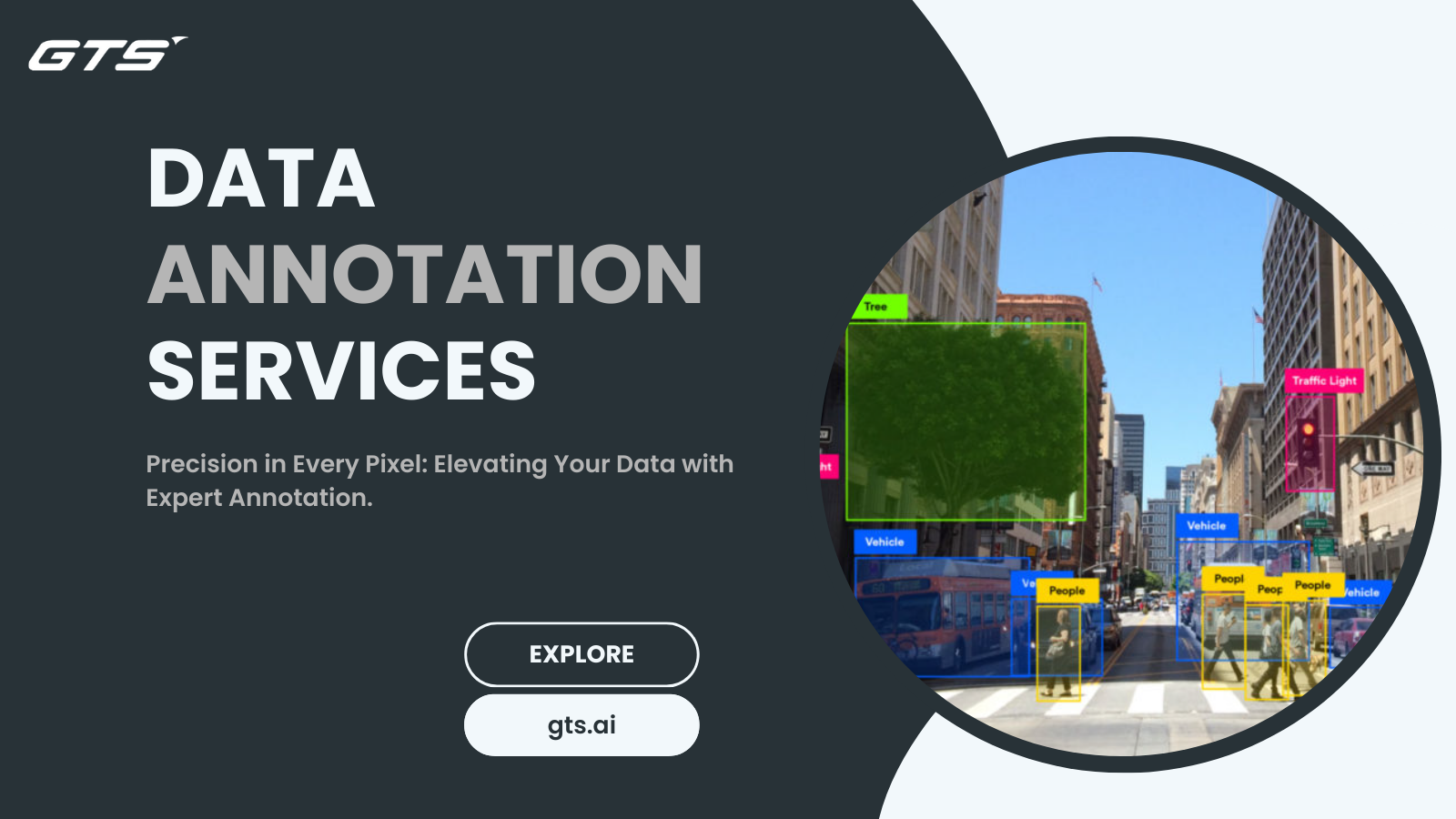In the realm of artificial intelligence (AI), behind every groundbreaking algorithm and every revolutionary model lies an often overlooked yet indispensable process – data annotation. While AI is celebrated for its transformative potential across industries, from healthcare to finance, the quality of its output is intricately linked to the quality of the data it's trained on. Data annotation is the meticulous task of labelling and categorising data points, enabling machines to learn from them effectively. In this blog post, we delve into the significance of data annotation, its methodologies, challenges, and the pivotal role it plays in shaping the future of AI.

The Foundation of Machine Learning:
At the heart of machine learning (ML) and AI lies the fundamental concept of learning from data. Whether it's recognizing objects in images, understanding speech, or making predictions, AI algorithms require vast amounts of labelled data to generalise patterns and make accurate decisions. This is where data annotation becomes indispensable. By annotating data, human annotators assign labels, tags, or attributes to each data point, providing the necessary context for machines to learn and make sense of the information.
Methodologies of Data Annotation:
Data annotation encompasses various methodologies tailored to different types of data and AI tasks:
- Image Annotation: In computer vision tasks, such as object detection and image segmentation, annotators outline objects, draw bounding boxes, or create pixel-level masks to highlight relevant features within images.
- Text Annotation: Natural language processing (NLP) tasks rely on text annotation, where annotators label entities, sentiment, or parts of speech to train models for tasks like named entity recognition, sentiment analysis, and machine translation Medical datasets
- Audio Annotation: For speech recognition and audio processing, annotators transcribe spoken words, label audio segments, or identify key sounds within recordings.
- Video Annotation: Video annotation involves annotating objects or actions within video frames, enabling AI systems to understand temporal relationships and dynamic scenes.
The Human Element:
Despite advances in automation, data annotation remains a predominantly human-driven task. Annotators bring contextual understanding, domain expertise, and nuanced judgement that automated systems often lack. Their ability to interpret ambiguous data, adapt to diverse contexts, and refine annotations based on feedback is invaluable in ensuring the accuracy and relevance of labelled datasets.
Challenges in Data Annotation:
While data annotation is crucial, it's not without its challenges:
- Scalability: As AI applications demand increasingly large and diverse datasets, scaling data annotation processes while maintaining quality and consistency becomes a significant challenge.
- Subjectivity: Annotation tasks can be subjective, leading to inconsistencies among annotators. Establishing clear guidelines, providing adequate training, and implementing quality control measures are essential to mitigate this issue.
- Cost and Time: Data annotation can be resource-intensive in terms of both time and cost, especially for specialised domains requiring domain expertise or intricate labelling.
- Data Bias: Annotator biases can inadvertently introduce biases into labelled datasets, leading to skewed model outputs and ethical concerns. Addressing bias requires careful consideration of dataset composition, diversity, and fairness.
The Impact on AI Advancements:
Despite these challenges, data annotation remains a cornerstone of AI advancements. High-quality annotated datasets serve as the fuel that powers AI innovation, enabling the development of robust models with real-world applicability. From autonomous vehicles to personalised healthcare, the quality and diversity of annotated data directly influence the performance and reliability of AI systems, shaping their ability to address complex challenges and deliver meaningful solutions.
Conclusion:
In the ever-evolving landscape of AI, data annotation stands as a silent yet pivotal force driving progress and innovation. Behind every AI breakthrough lies a meticulously annotated dataset, crafted by human annotators who play a critical role in shaping the future of AI. As we continue to push the boundaries of what AI can achieve, let us not forget to acknowledge the unsung heroes – the data annotators – whose dedication and expertise fuel the journey towards AI excellence.
How GTS.AI Can Help You?
At Globose Technology Solutions Pvt Ltd (GTS), data collection is not service;It is our passion and commitment to fueling the progress of AI and ML technologies.GTS.AI can leverage natural language processing capabilities to understand and interpret human language. This can be valuable in tasks such as text analysis, sentiment analysis, and language translation.GTS.AI can be adapted to meet specific business needs. Whether it's creating a unique user interface, developing a specialised chatbot, or addressing industry-specific challenges, customization options are diverse.

No comments yet